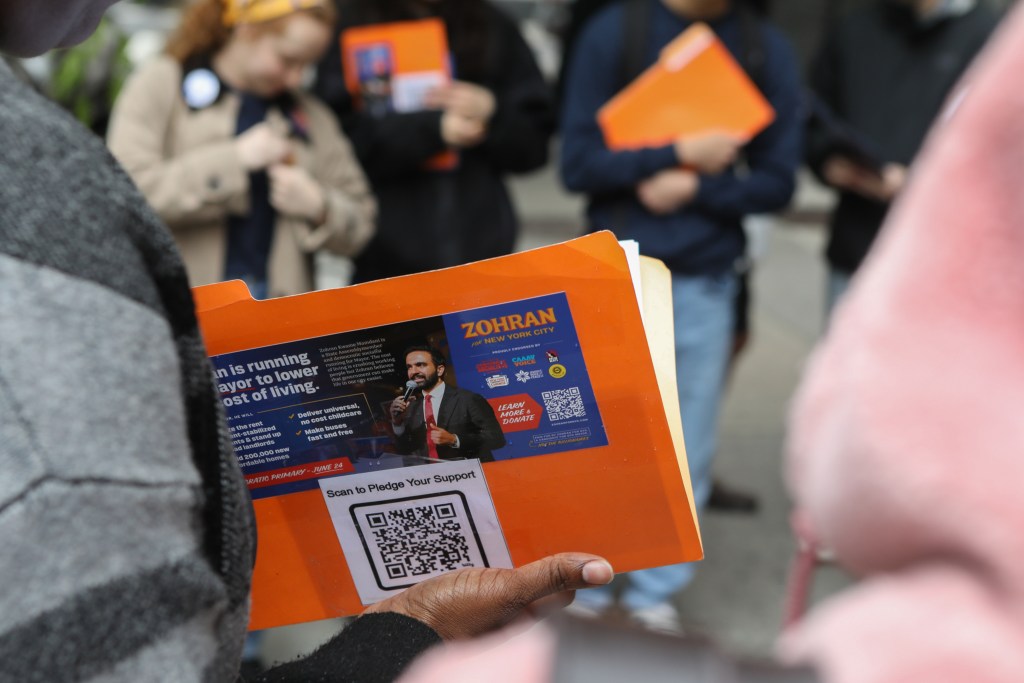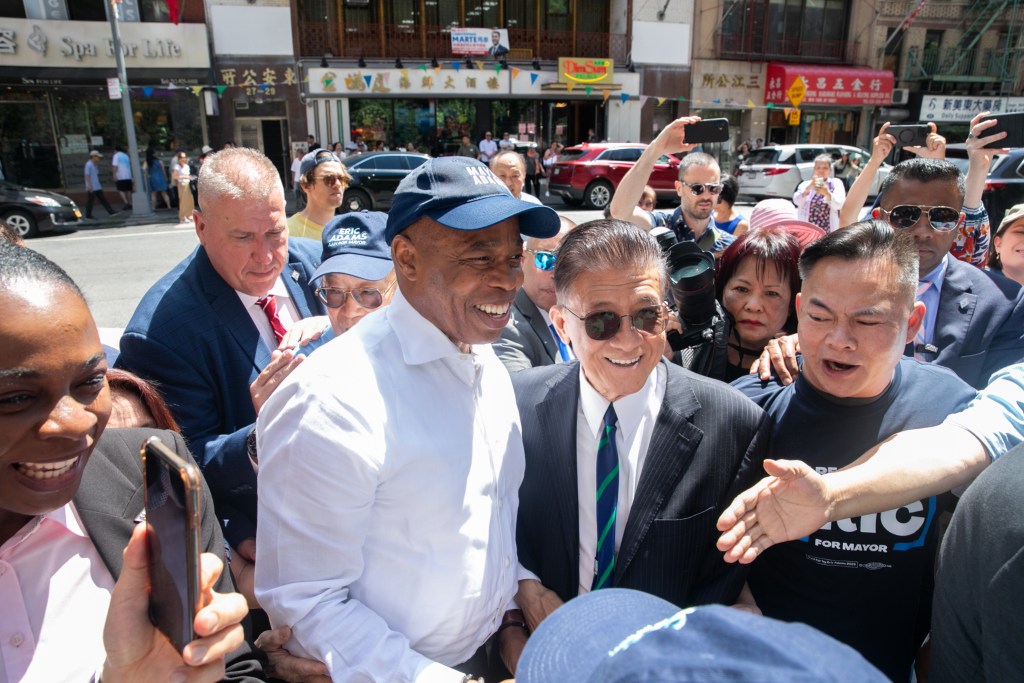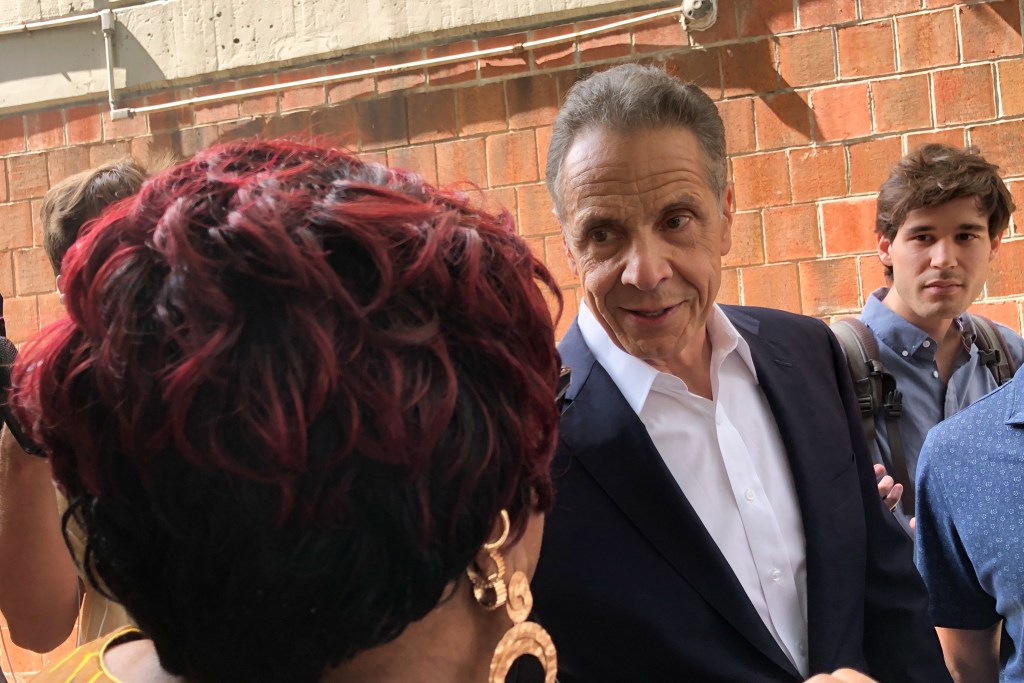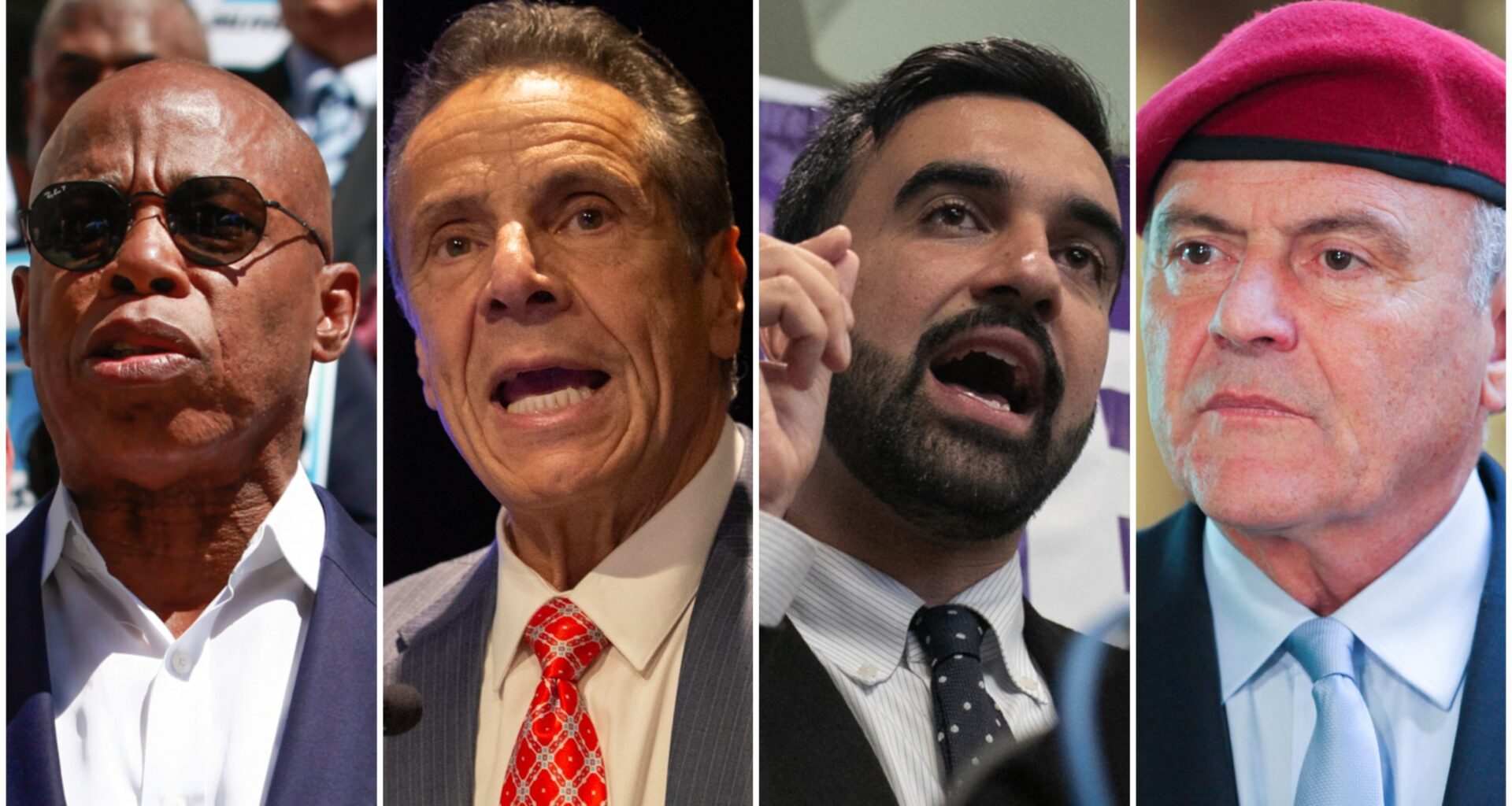This article first appeared in our Tuesday, Sept. 16 edition of RANKED CHOICES, THE CITY’s weekly election newsletter. Click here to sign up.
In the spring, polls by and large showed former Gov. Andrew Cuomo winning in the primary. That didn’t come to pass, and as the general election approaches, more mayoral polls continue to roll out.
Many of them show Democratic nominee Asm. Zohran Mamdani winning handily. But if the polls were wrong before, how do we know they won’t be again? And which ones should you trust?
Don Levy, director at the Siena Research Institute, says to remember what polls are — just a snapshot in time.
“This is our best effort to understand and then report a representative sample of the electorate at this point in time. And things change. This is a fast-moving race,” he told THE CITY.
It is also an unpredictable election for a number of reasons, polling experts said. Unlikely voters came out strongly for Mamdani in the primary and might again, the makeup of primary voters is very different than the general in New York and, perhaps most importantly, questions remain over whether major candidates may drop out.
There’s been intense pressure from the Trump administration and business leaders to convince Mayor Eric Adams or Republican nominee Curtis Sliwa to drop out so voters can rally behind Cuomo to beat Mamdani.
Levy points to the high amount of money coming in, endorsements or non-endorsements from politicians and influencers, and the unpredictability of President Trump and his desire to meddle in this race, all factors that could rock stagnant poll numbers.
 Zohran Mamdani canvassers prepare to speak with voters on the Upper East Side, May 21, 2025. Credit: Alex Krales/THE CITY
Zohran Mamdani canvassers prepare to speak with voters on the Upper East Side, May 21, 2025. Credit: Alex Krales/THE CITY
Where things stand: Mamdani way up — for now
So far in the race, there have been six high-quality, non-partisan polls about the mayoral race (more below on what makes a high quality poll) and all of them show Mamdani ahead.
The six polls we’re watching, all from academic polling institutions, show Mamdani up between 15% and 22%. They are from University of Massachusetts Lowell Center for Public Opinion, Quinnipiac University Poll, Marist Poll, Emerson College Polling and two from Siena.
The most recent poll from Marist shows Mamdani with 45% of likely voters, and a poll from Siena last week shows a 22-point advantage for Mamdani over Cuomo. That changes a lot, however, if fewer candidates stay in.
 Mayor Eric Adams held a reelection campaign rally in Chinatown, July 18, 2025. Credit: Ben Fractenberg/THE CITY
Mayor Eric Adams held a reelection campaign rally in Chinatown, July 18, 2025. Credit: Ben Fractenberg/THE CITY
“According to our poll, if Adams and Sliwa had dropped out at this point, the vast majority of people who currently say they would vote for either of those two candidates say that they would prefer Cuomo to Mamdani,” Levy says. “So, the race goes from a 22-point race to a four-point race, and a four-point race in September is very close.”
In New York City, low voter turnout can also be a challenge for pollsters. In 2021, only 23% of registered voters voted in the general election.
At this point, Levy said, “Mamdani is up against kind of a bit of a ceiling, at least in our polling.”. According to the latest Siena poll, he is polling at 46%. Even if Sliwa and Cuomo were to drop out, Siena’s poll only shows Mamdani’s percent moving to 48%, and Cuomo gaining the rest of those votes.
Unlike the primary, in the general election, a candidate does not need to hit 50% to win, they just need to secure more votes than the other candidates.
Lessons from the primary
Pollsters also face the problem of unexpected voters. In the primary, Mamdani drew a surge of unlikely voters — voters who had not voted before or had not voted in an election in a while.
“We pollsters are always going to be making assumptions about the electorate, predicting what the electorate will look like,” says Matt Taglia, senior director at Emerson College Polling. “And most folks got it wrong during the primary. They didn’t necessarily expect such a high youth turnout.”
Data for Progress is a non-academic, progressive polling group that is one of the few polling groups that captured Mamdani’s favorability in the spring. While their poll showed Cuomo winning the primary by just two points if he were to have faced Mamdani head to head, their poll also showed more people had a very favorable view of Mamdani than they did of Cuomo. To account for Mamdani’s voter base heading into the fall, Data for Progress released two sets of poll data for the general election, one if a more traditional electorate turns out, and another, if there’s another surge of young voters for Mamdani. In both polls, Mamdani is winning, but including the surge of young voters, he is up by an additional four points.
“We’ve been playing around with different turnout scenarios based on whether it does go back to a November type electorate or whether we could see another surge of youth voters, especially from the Mamdani campaign once some campaigning really kicks up again and gets back into full gear,” Ryan O’Donnell, interim executive director of Data for Progress says.
Emerson caught on to Mamdani’s surge the day before the primary, showing Mamdani with 32% support closely following Cuomo’s 35%. Taglia credits Emerson’s mixed use methodology in capturing more voters.
 Mayoral candidate Andrew Cuomo speaks with voters outside the Lincoln Center older adult center on the Upper East Side, Sept. 4, 2025. Credit: Samantha Maldonado/THE CITY
Mayoral candidate Andrew Cuomo speaks with voters outside the Lincoln Center older adult center on the Upper East Side, Sept. 4, 2025. Credit: Samantha Maldonado/THE CITY
Mixed use methodology combines multiple ways of collecting data to reach the most people and to ensure a poll doesn’t miss a group of voters. For instance, nearly a quarter of young people never answer the phone, and a quarter of people over 65 never go online. Pollsters should aim to account for all demographics in their survey, and should therefore use more than one means to do so.
“We always employ a mixed mode methodology so that we can reach as many people as possible where they are,” Taglia says. “So we want to make sure that we’re using the same methods of communication as the voters. That means using several different modes of communications, so text messages, phones, and online panels.”
Lee Miringoff, director of the Marist Institute for Public Opinion, doesn’t think Mamdani voters were missed by pollsters. He notes that polls did show Mamdani gaining momentum as the primary approached, and in polls that cast a wide enough net, younger voters were accounted for.
“You always have a case where people who might be not engaged may or may not vote depending on the candidate, and presumably the polling is good enough to pick that up,” Miringoff says.
Why the general is different
Miringoff notes that polling for the primary versus the general election are very different. The primary uses ranked choice voting, and Mamdani received nearly 100,000 votes from New Yorkers who ranked him lower on their ballots, almost twice as many ranked choice votes as Cuomo received.
Since the general election includes Republican and independent voters, the pool changes of who is polled and how potent Mamdani voters are. Independents alone account for one in five active voters in New York City.
Ultimately, Miringoff cautions against placing too much importance on polls.
“I think people put more stock in the polls because they’re interested in what the polls are showing, but to think that people are going to vote or vote differently based on a poll gives it more power than it probably really has with voters,” Miringoff says.
What makes a highly quality poll, and how to read one
While experts largely agree on the key things to look for when assessing if a poll is legitimate or not — sample size, who was polled, methodology, transparency, funding, and partisan affiliation — pollsters have different ways of comparing data. Here are the highlights on the smart way to read a local poll:
- Sample size: The standard sample size for a national poll is 1,000, but for New York City, experts say to look for a sample size of at least 700 or 800. The smaller the sample size, the larger the margin of error.
- Who was polled: Polling outfits do their best to try and get a “representative” sample — but what that means changes from election to election. Some polls are asking registered voters, and some are asking likely voters, and those make a big difference in accuracy.
- Methodology: If you’re reading a poll, you want to check how they surveyed people, the demographics of who was surveyed, what questions they asked and what the margin of error was. The margin of error is dependent on the number of people polled in the survey. In a poll of 400 people, the margin of error will be near 5%. Taglia from Emerson told THE CITY earlier this year that he wouldn’t discredit a poll with a smaller sample size, but it would be difficult to glean anything meaningful from the results.
- Transparency: Trustworthy polls will share what questions they asked, in what order, and the exact wording they used. All of these factors could influence how someone responds.
- Funding: Polls are expensive, so making sure you know who sponsored it — i.e., who paid the bill — is important, experts say. The influence of money is something you have to worry about less with academic polls because they do their research independently and without sponsorship. But with other for-hire polling bodies, always look for the fine print.
- Partisan affiliation: If you can’t tell whether a poll is politically biased, even if its methodology is sound, take it with a grain of salt — especially if the numbers are coming from inside a campaign.
This article is partially adapted from our previous guide on how to vet local polling from earlier this year. Check out that guide here.
Related
